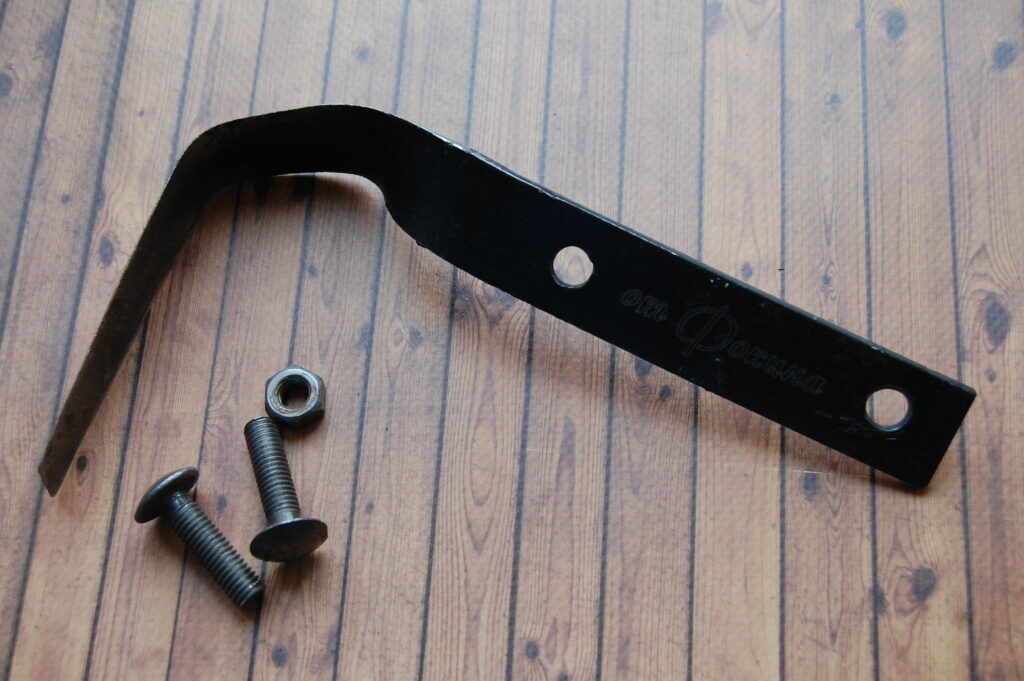bas-relief - this is one of the types of sculpture, the peculiarity of which is that the image protrudes above a flat surface only partially. This is a very ancient art direction, known since time immemorial. The features, types and interesting examples of the bas-relief are described in the presented article.
The content of the article
- Definition and scope of bas-relief
- Varieties of bas-relief
- Brief history of bas-relief
- Interesting bas-relief images in the world
Definition and scope of bas-relief
We can say about the bas-relief that this is one of the types of sculpture, which is a relief image that protrudes above a flat vertical surface by no more than half. For example, it can be a human figure that protrudes 20-30 cm. The bas-relief combines the properties of the actual relief and sculpture.
However, in the latter case, the figure is completely “free”, i.e. has nothing to do with the plane, so it can be viewed from all sides. If we talk about what a bas-relief is, then it is always an image on a plane, therefore it can only be viewed from one (front, frontal) side.
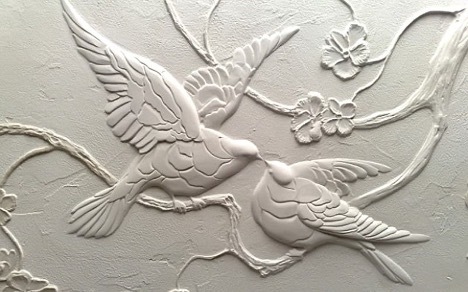
Bas-relief in architecture is a whole trend in art, which is implemented in different areas. Patterns, figures and compositions are used to decorate a wide variety of structures and elements:
- obelisk;
- monument;
- stele;
- memorial Complex;
- facades of buildings;
- coins and medals;
- Jewelry;
- rocks, natural objects.
Varieties of bas-relief
We can say about the bas-relief that it is such a convex image that only slightly protrudes above the flat vertical surface of a wall, facade, coin or medal. For example, it is planned to make an image of flowers with a base diameter of 50 cm. It can be a composition on the field or another picture. Then their relief image should protrude above the surface by no more than 25 cm, and often less than half of the maximum size.
At the same time, the types of bas-relief are quite diverse. They are classified according to different parameters, for example:
- According to the features of the genre - images on religious, historical or everyday topics. There is also such a direction as animalism (animal figures), natural themes and much more.
- Manufacturing method - can be clay sculpting or casting from metal, alloy.
- Material - gypsum, marble, granite, bronze and even wood are often used.
- Type of image - can be a regular picture (figures) or an ornament (a pattern with repeating motifs).
If you study what a bas-relief is in architecture, you can find several similar directions that differ in the features of the protrusion and other characteristics:
- High relief – the projection of the image is much more than half, i.e. this is a more relief composition, which occupies a significant volume. Thanks to this, you can highlight the foreground and background, create an interesting picture.
- counter-relief - in this case, the picture does not protrude, but, on the contrary, goes to a small or significant depth. In appearance it resembles a kind of cast.
- Coilanaglyph - a picture drawn by a contour that does not protrude above the surface and does not go into depth.
- through relief - a relief without a background, which can be viewed from the front and back sides (the definition of a bas-relief implies the possibility of contemplation only from the front).
Brief history of bas-relief
The bas-relief in architecture originated quite a long time ago - almost at the dawn of civilization. So, the most ancient compositions known today date back to the 9th millennium BC. This is the Göbekli Tepe temple complex, which was located in ancient times on the territory of today's Turkey.
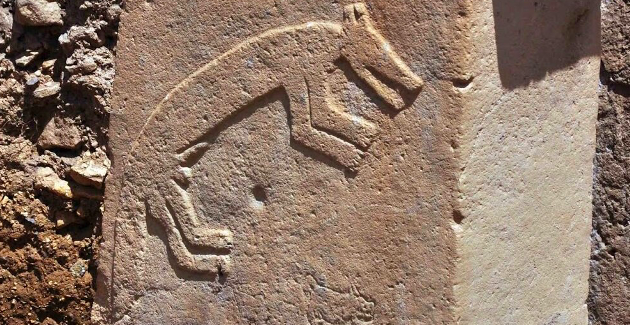
In ancient Egypt, the bas-relief was represented by a contour relief. Similar compositions can be found in large quantities on the territory of modern Iraq and Iran, where Ancient Persia, Babylon and Assyria were located more than 5 thousand years ago.

In the era of Antiquity, bas-relief compositions often adorned temple complexes, pediments of monumental buildings, as well as triumphal arches. However, after the fall of the Roman Empire in the 4th c. AD bas-relief technology was lost until the 14th century. In the Middle Ages, buildings were rarely decorated with such sculptures. Basically, the bas-relief technology was used to decorate jewelry, caskets, as well as icons.
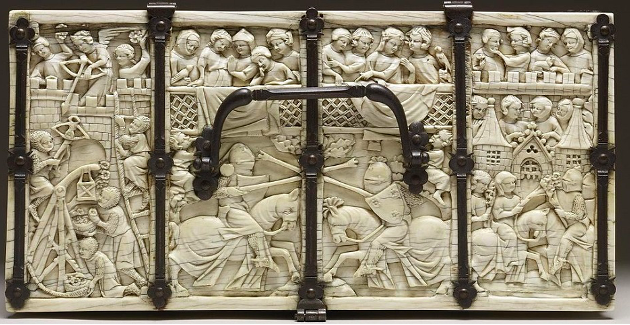
The real revival of this art form began only in the 15th century. Moreover, the first works were performed in Spain, and then spread to neighboring European countries. Today, bas-relief is widely used to decorate buildings. Moreover, both classical and modern technologies using computer graphics and 3D printers.
Interesting bas-relief images in the world
Studying what a bas-relief is in art, we can give several examples of the most interesting compositions from different parts of the world:
- The Ishtar Gate dates from the 6th c. BC, were on the territory of Babylon.
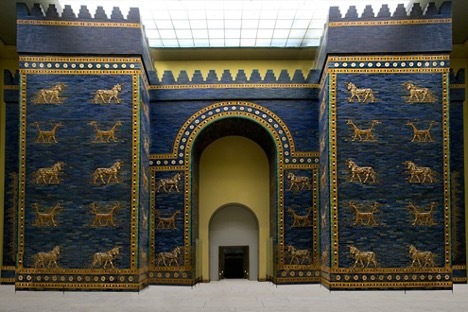
- Finishing of the Parthenon (Ionic frieze of the 5th c. BC) is a huge marble composition.
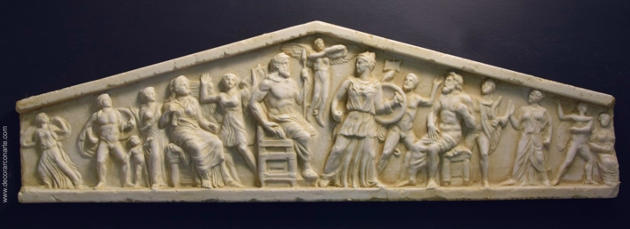
- Angkor Wat complex (12th c. AD) - discovered only in the 19th century. on the territory of Cambodia.

- Albert Memorial (1875, London).
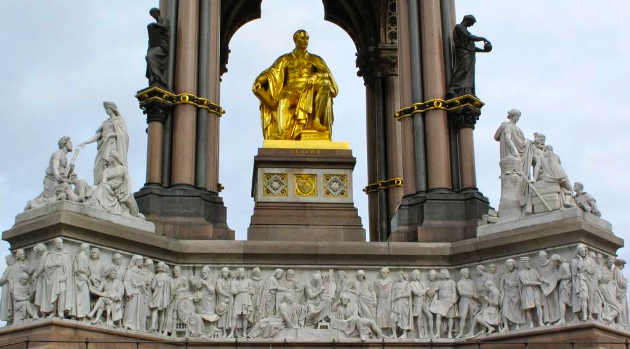
- The Mount Rushmore Memorial is an example of a modern bas-relief made in 1925. These are portrait images of 4 prominent US Presidents.
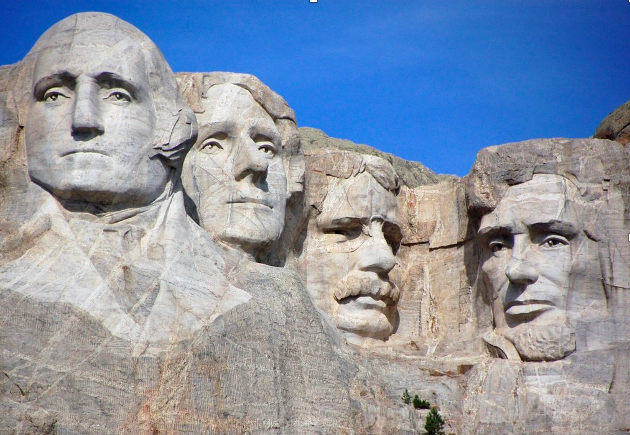
bas-relief - one of the classic areas of architectural art, which remains in demand today. Such compositions are used to decorate buildings, memorials, ornaments and even coins. Moreover, often a bas-relief is possible even on small private houses and other buildings.


